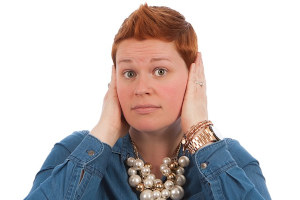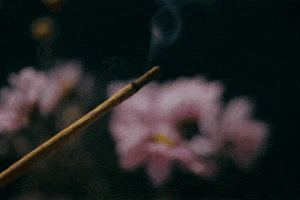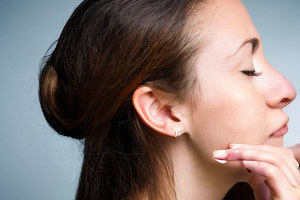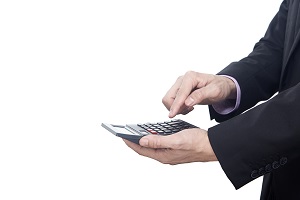Anyone who has attempted to read the Yi Jing would undoubtedly be met with hexagrams which they have to find meanings to.
And whether you use any types of divination methods such as the simple coin oracle, more tedious yarrow stalks oracle, or even the dynamic plum blossom methodology, you are going to erect a hexagram which holds the answers to your divine queries.
For beginner learners of Yi Jing divination, a single resulting hexagram might be enough to answer the questions on their minds.
But if you seek an even deeper and more detailed response, then looking into the various transformations a single hexagram can be converted to would bring forth the divine answer that the asker is seeking.
There are various ways an original hexagram can be transformed. Here are 6 of the most commonly used by expert I-Ching practitioners.
1) Original hexagram
We essentially need to start off this list with the original hexagram (本卦).
This refers to the initial primary hexagram that is generated after undertaking the method of divination.
For example, if after a session of coin tossing one ends up with hexagram 14 of da you (大有), then the below is the original hexagram.
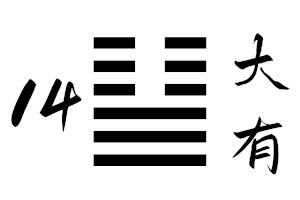
When this original is created, then we can move on to it’s possible transformations for more advanced readings and interpretations.
2) Mutual hexagram
The first transformation that is often applied by metaphysics experts is the mutual hexagram (互卦). It is also sometimes referred to as the nuclear hexagram.
The reason for the term nuclear is due to it being generated by using the nucleus of the original.
The second, third and forth yao line (from the bottom up) of the original forms a trigram for the lower half of the mutual hexagram, and the third, forth and fifth yao line of the original forms the upper portion of this new hexagram.
Should the original be 40 xie (解), the mutual hexagram would be 63 of ji ji (既濟).

3) Reverse hexagram
The reverse hexagram (綜卦) refers to the swapping of position of the upper and lower trigrams.
The lower trigram would now take up the top position and the upper trigram would now take up the bottom position.
If the original is 28 da guo (大過), it will be recast as hexagram 61 zhong fu (中孚).

4) Inverted hexagram
This is exactly how it sounds like.
The original hexagram is flipped, or inversed, and reworked into a new hexagram.
If the original is 3 tun (屯), then the inverted hexagram (反挂) would be hexagram 4 meng (蒙).

5) Opposite hexagram
The opposite hexagram (錯卦) is created by changing each yao line to it’s opposite nature.
Each yang line would become yin, and each yin line would become yang.
When the original is hexagram 42 yi (益), the opposite hexagram would be 32 xian (恆).

6) Final hexagram
The final hexagram (變卦) is as commonly used like the mutual hexagram for most readings.
It basically consist of the original hexagram with the changing lines implemented.
It is important to note that most of the types of hexagrams mentioned above are not required all of the time. They are typically only called upon when there is a requirement to do so.
Whether to erect them really depends on the depth and clarity of answer seeked by the asker.



